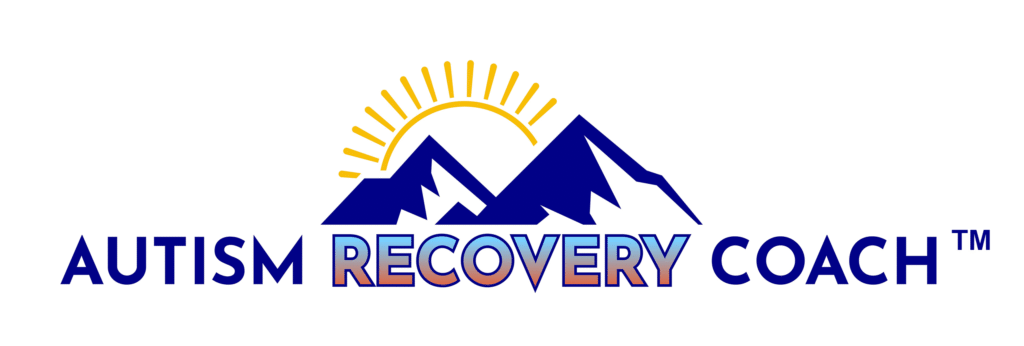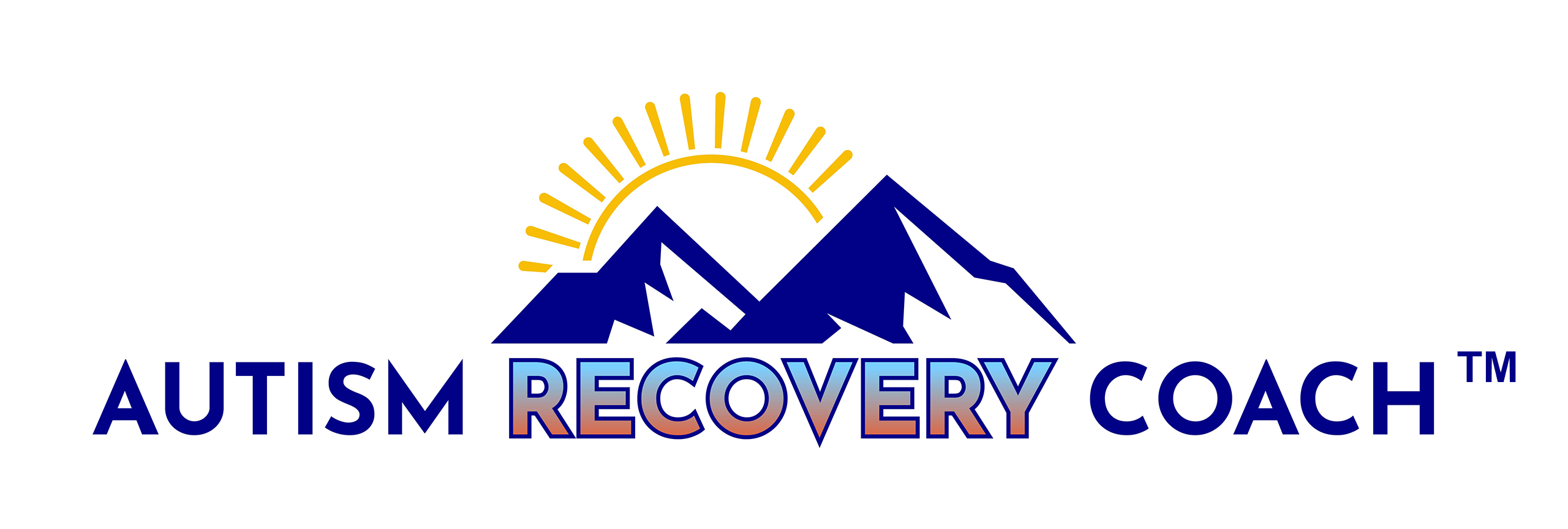Hey there, parents and caregivers! We know that transitions can be tricky waters to navigate, especially for individuals with autism. But fear not, as we’re diving into practical strategies and tips to support your loved ones during transitions. Whether it’s starting school, facing routine changes, or reaching important life milestones, this autism coach has got your back! Here’s all you need to know about making a smooth transition with autism:
Prepare, Prepare, Prepare!
You know what they say: “Preparation is key!” And it holds true for transitions too. Take the time to prepare your child for upcoming changes. Visual schedules, social stories, or even just talking through the transition can work wonders in easing their anxiety and promoting a sense of security.
Smooth School Transitions
Starting a new school year or moving to a different educational setting can be nerve-wracking. Work with teachers and school staff to create a transition plan that suits your child’s needs. Visiting the new school, meeting teachers in advance, and talking about what to expect can help your child feel more at ease.
Embrace Predictability
Routine changes are a part of life, but for individuals with autism, predictability is a comforting friend. When you know a change is coming, try to maintain as much predictability as possible in other areas of your child’s life. Consistent daily routines can provide stability during times of change.
Gradual Exposure
Taking the plunge into a new environment can be overwhelming. Gradual exposure to a new situation can work wonders. If it’s a new extracurricular activity, attend a trial session first. If it’s a social event, start with a small gathering before diving into a big party.
Communicate Openly
Communication is the cornerstone of any successful transition. Listen to your child’s concerns and validate their feelings. Encourage them to express any worries or questions they may have. A supportive and understanding approach can make all the difference.
Use Visual Aids
Visual aids are a superhero’s secret weapon! Create a visual schedule, use timers, or employ cue cards to help your child understand the sequence of events during a transition. Visuals can be a lifesaver in reducing anxiety and making the process more manageable.
Be Patient
Transitions may not always go smoothly, and that’s okay. Be patient with your child and with yourself. Allow room for hiccups, and remember that it’s all part of the learning process. Biomedical treatments often take the edge off during transitions, so consult with an autism specialist who can help diagnose your child and provide them with the nutrition that they require.
Celebrate Achievements
Every successful transition deserves a celebration! When your child navigates a transition with confidence, take a moment to celebrate their achievement. Acknowledge their efforts and offer praise. Positive reinforcement can boost their self-esteem and motivate them for future transitions.

Get autism coaching services
Transitions can be challenging, but with the right strategies and a lot of love and support, you can confidently guide your family through them. Remember, you’re not alone in this journey, and there’s a tribe of support waiting to cheer you on. Christopher Soppet from Autism Recovery Coach can help you to navigate the journey with confidence and ease. He provides supplements for anxiety and autism consulting online.
Contact him today to learn more!



